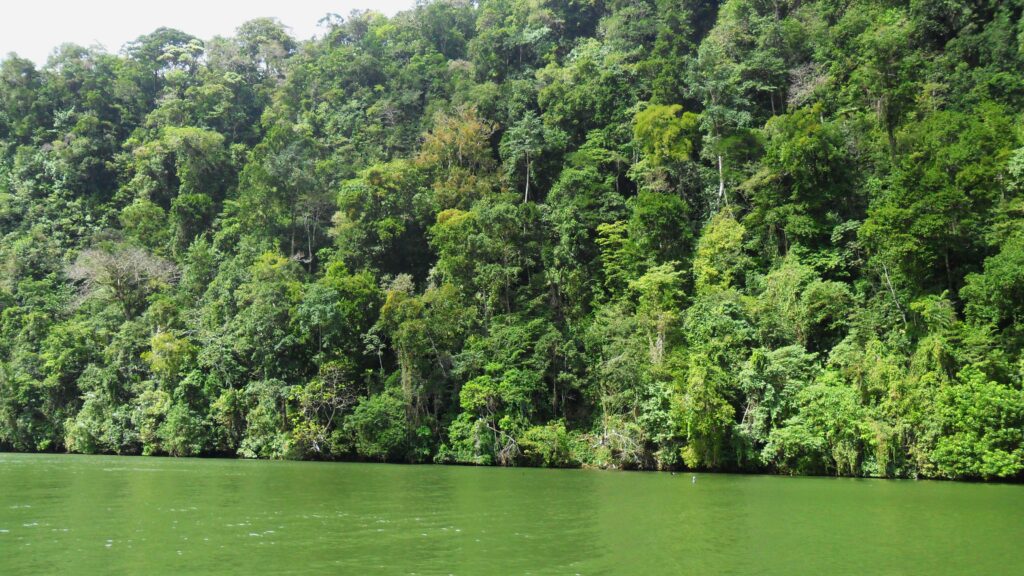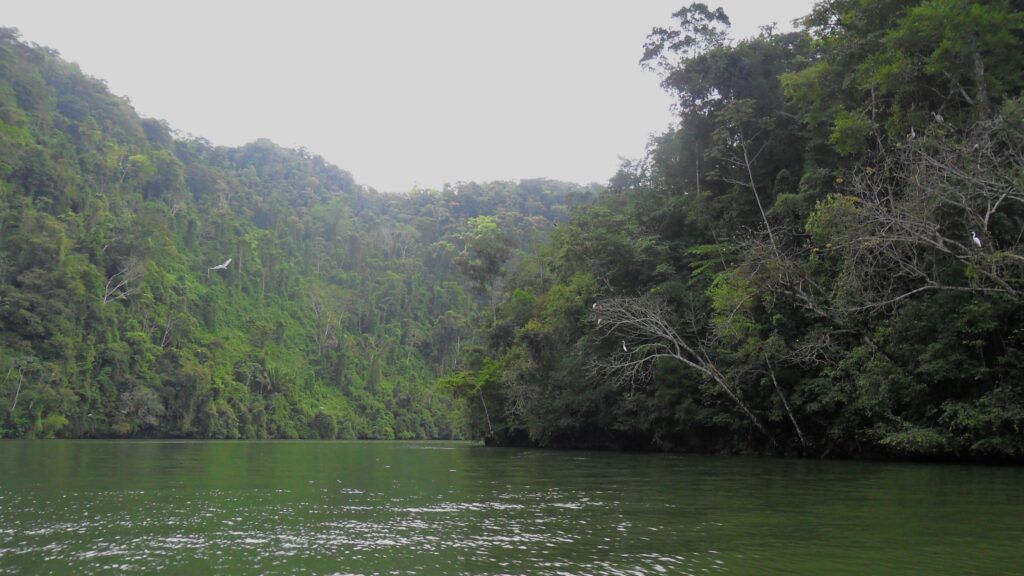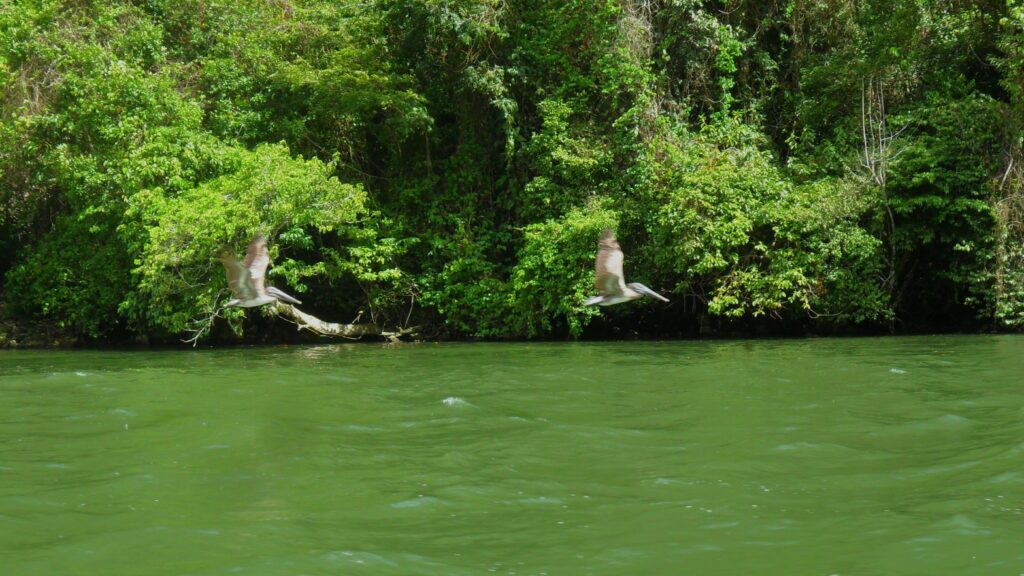Backpacking in Honduras
Travelling through Honduras
It was in Nicaragua, where I had stayed for around three weeks, that my plans for the remainder of the trip changed. I calculated I didn’t have enough time to travel further south, to Costa Rica and Panama, then back again, with the time I had left. I decided to turn back north at this point, so I could see more of Mexico, before catching my return flight from there.
As I said goodbye to the wonderful Nicaragua, I headed onto the next chapter of my journey – to Honduras. The guidebook I was referring to for directions gave me severe safety warnings for tourists in both Tegucigalpa and San Pedro Sula. Following the advice, I only transited through both cities, on my way to La Ceiba – which had been recommended by other travellers I’d met – which is on the north coast. From La Ceiba, I took the ferry over choppy waters to Utila, one of the Bay Islands (or Islas de la Bahia) in the Caribbean Sea.
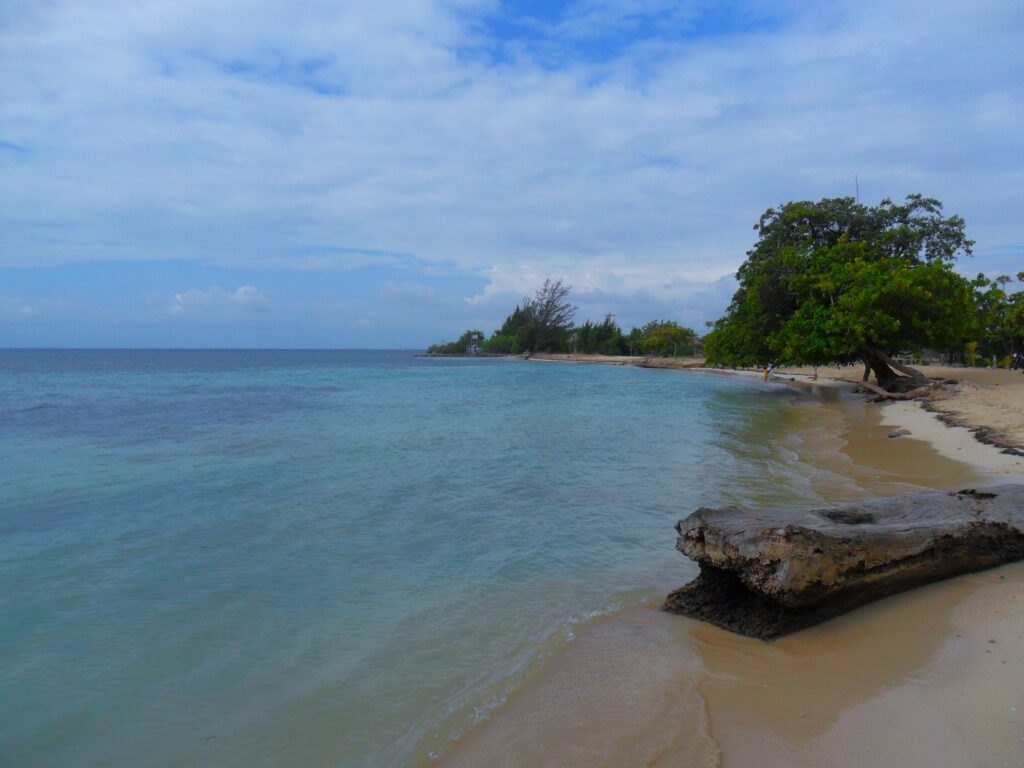
Utila
The island is only 45 square kilometres – 17 square miles – with a population of around 4,000. It is possible to walk across the island in a day, yet it didn’t seem overrun with tourists. The Bay Islands have an interesting but complex history, owing to the colonisers and subsequent slave trade. One consequence of that is the Creole-English language has developed and endures to the present day.
My arrival coincided with my first and only incidence of food poisoning during the three-month trip. I realised the source must have been a hastily purchased ham sandwich from a stall at the ferry port. It looked dodgy at the time, and it didn’t taste great. Of course, that realisation didn’t give me much relief from the symptoms, which I felt for the following 24 hours. Other than that, though, I had done well eating food from local stalls, street food, and items sold on long haul buses without issues.
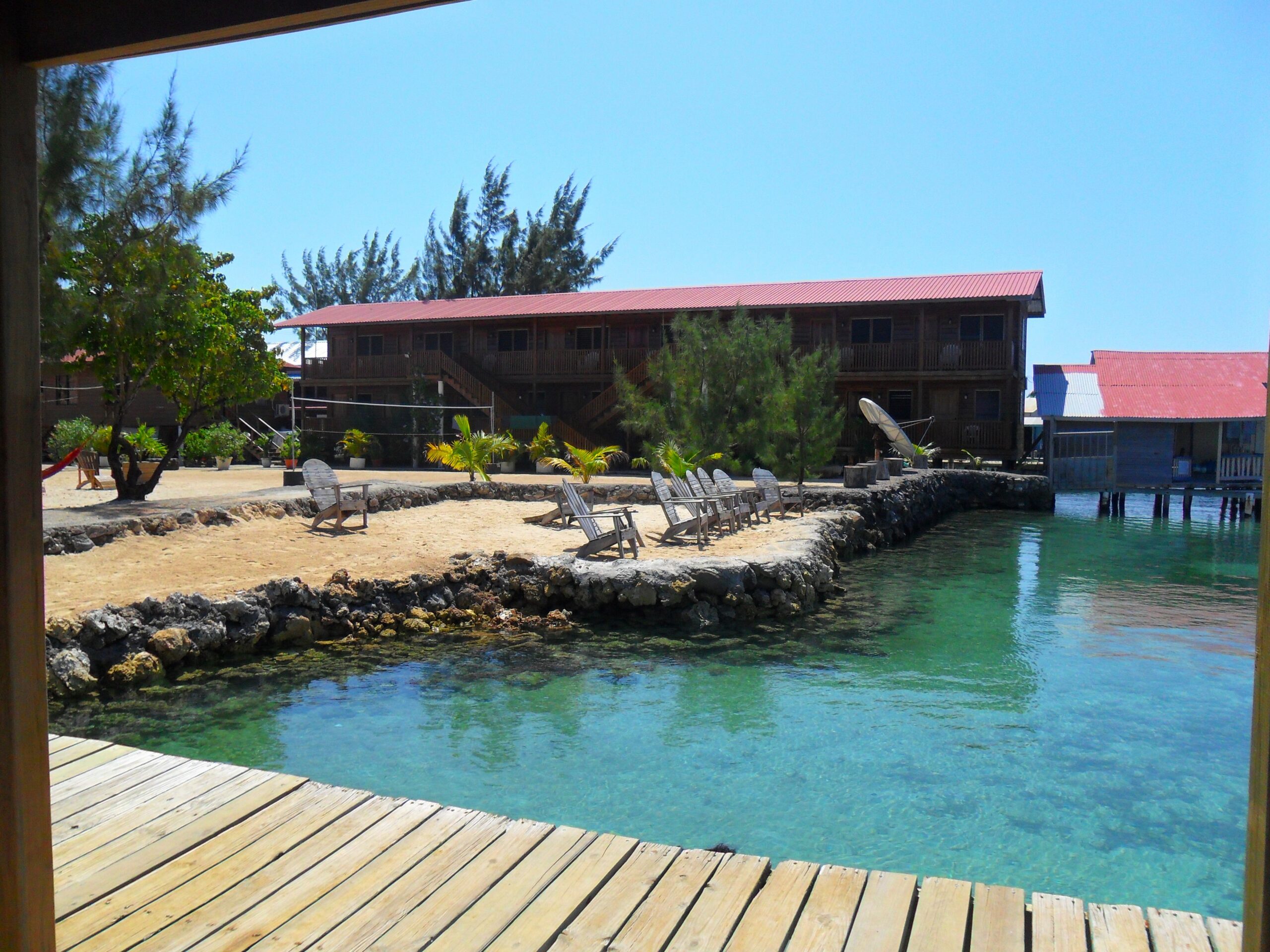
Scuba
I was recommended Scuba diving in the Bay Islands, as both a beautiful location, and one of the cheapest destinations for the activity in the world. The latter fact afforded me – quite literally – the opportunity to do my Open Water certification even on my small budget. The training involved a small amount of theory work, and several training dives with instructors to learn how to use the scuba gear and dive safely, up to a maximum of 20 metres.
We were also taught about the local environment and the wildlife we might come across, which included turtles, rays, countless fish species and, at the right season, whale sharks. After passing the training, we were taken out on two ‘real’ dives, by boat, into the sea. What struck me at first was, despite the sun shining and warm climate, once I was three or four metres down, the water was colder, and the wetsuits were certainly needed.
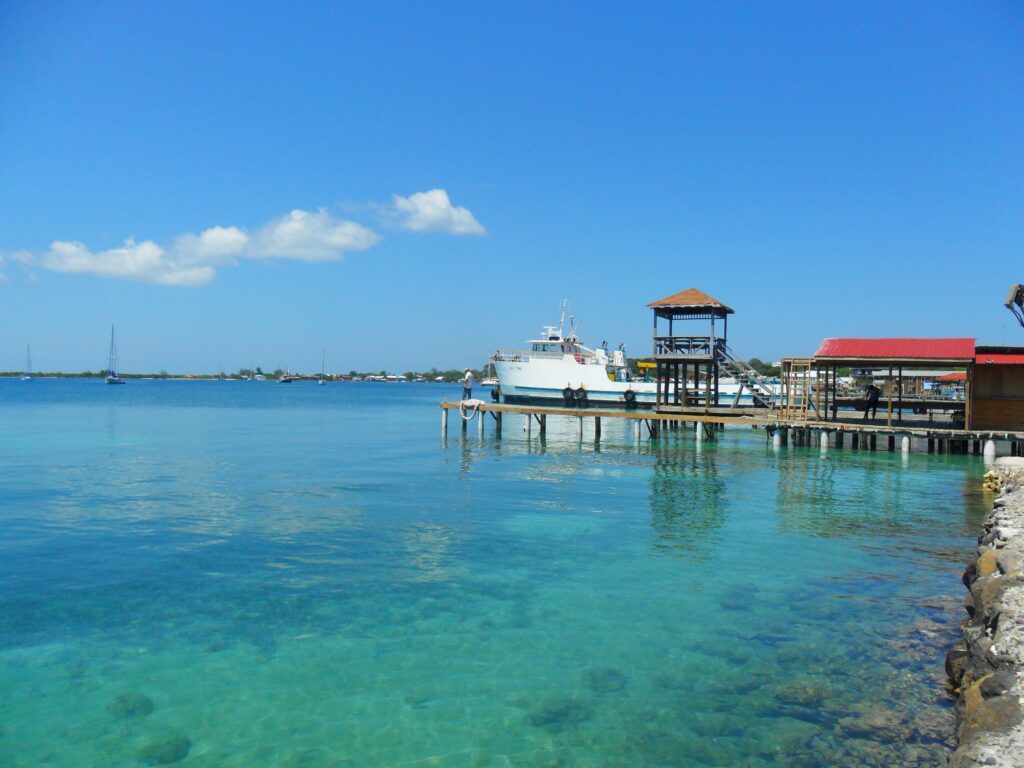
Under the sea
The Scuba gear consists of; a large oxygen tank held as a backpack, a thick wetsuit, flippers, as well as a large face mask. Wearing all that while swimming in deep, cold water, and breathing through a tube, was a strange sensation, to say the least. I’m not a very comfortable swimmer, so jumping into the deep sea with the heavy gear on initially filled me with dread. But with the recent training, guidance of the instructors, and my classmates for solidarity, I took the plunge.
Diving down into the sea was like being in another world. I swam through brightly coloured coral reefs among shoals of fish that seemed unphased by the presence of awkwardly moving humans. The mask on my face only heightened the sense that I was observing this underwater world through a window, like I was looking into another realm, witnessing an extraordinarily different form of life.
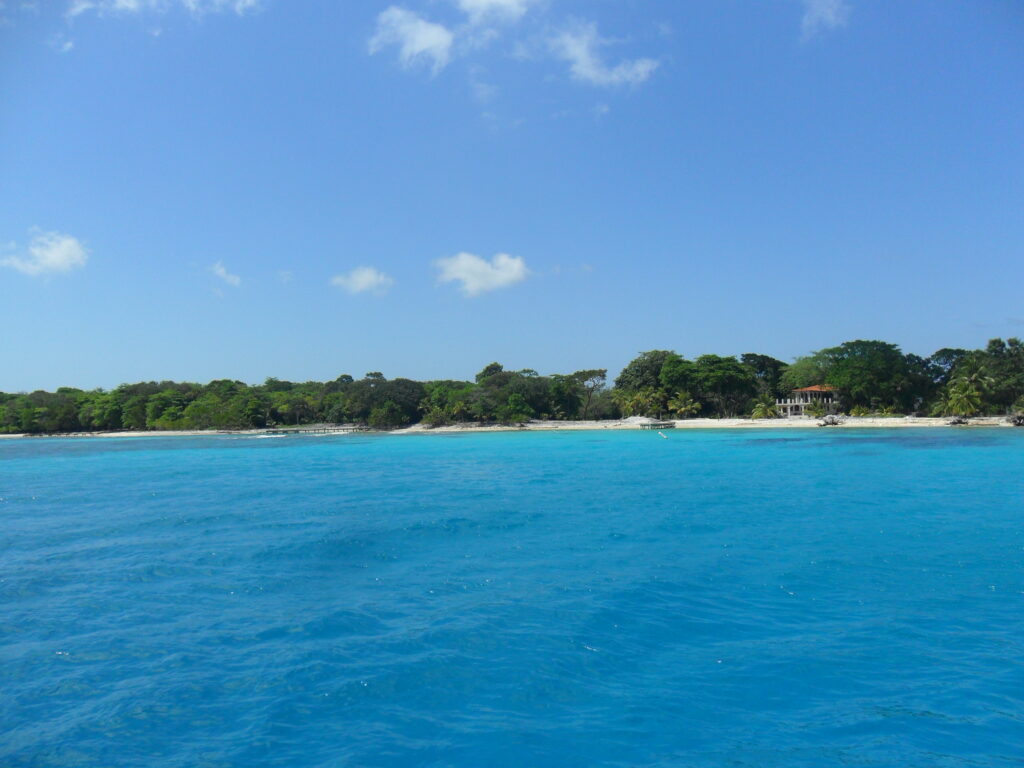
Island life
Life on the island was very laid back, in contrast to the intensity of the diving experiences, which made for peaceful relaxation. There were a couple days with some cloud and patches of rain, but for the majority of the time, it was hot in the day and cool at night. The coastal air brought the temperature down to more tolerable levels than the mainland.
The food was good, the people were friendly, and our days were spent playing volleyball, swimming near the coast, or relaxing in a hammock. It couldn’t have been more idyllic. But it couldn’t last forever. After a week, I left my classmates and took the ferry back to La Ceiba.
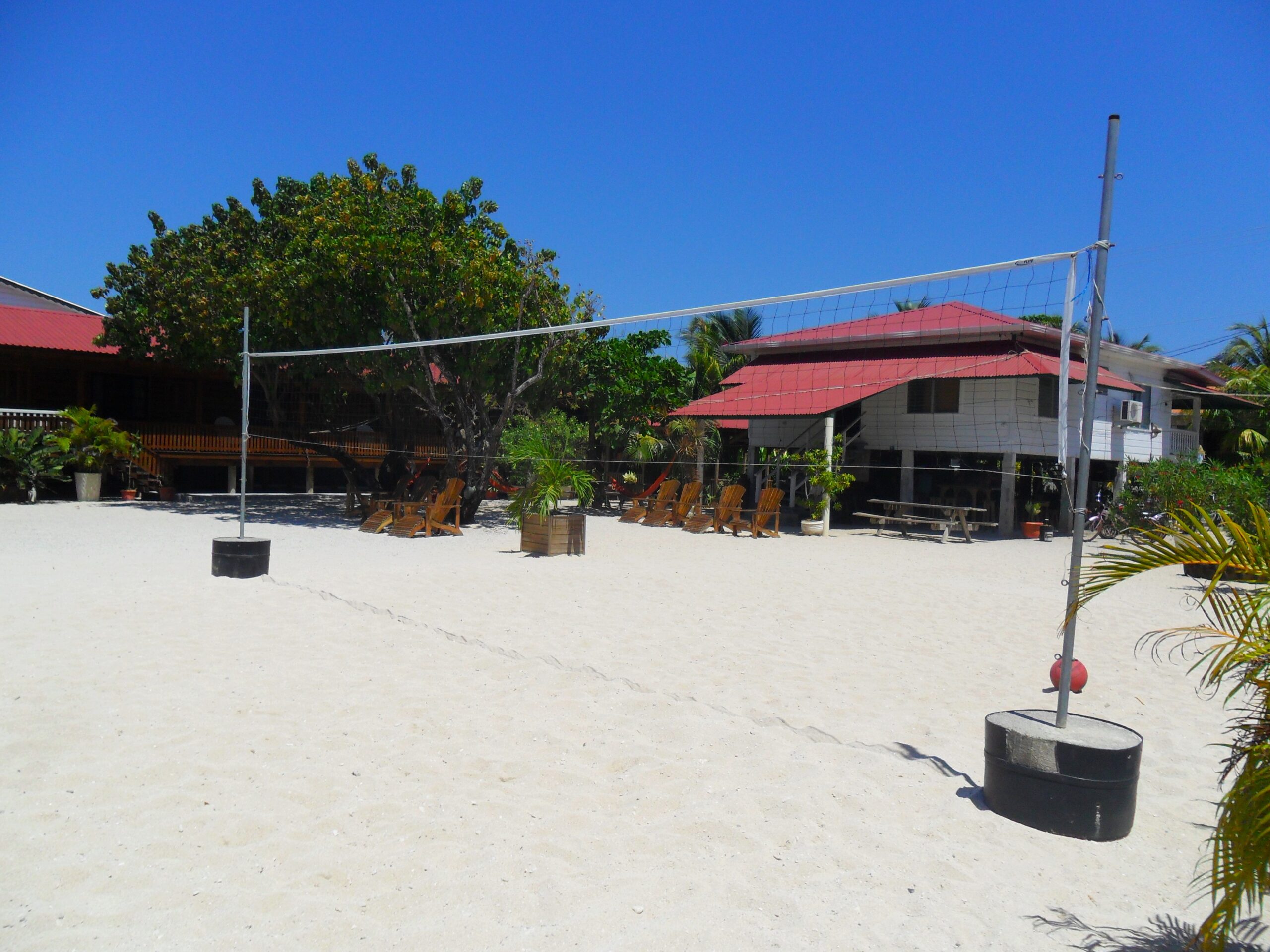
Heading back
The trip from coastal Honduras to Oaxaca was my single longest journey on this tour of Central America. It consisted of four legs. Firstly, the hour ferry back to the mainland. I’m unsure why, but this time the water was choppy, and I felt seasick for most of the hour I was on the water. The next stage was two bus journeys to the border with Guatemala, and onto Puerto Barrios. On the second of those, I had the scariest moment of the trip.
On the bus from the Guatemalan border, I sat on the front seat, next to the driver and fare collector. They always worked in twos. And they were usually young men. On this occasion, the driver was weaving in and out of traffic on a three-lane road. In one manoeuvre, our bus came quite close to a motorbike in front, who signalled to us. Our driver found this amusing and made a gesture in return.
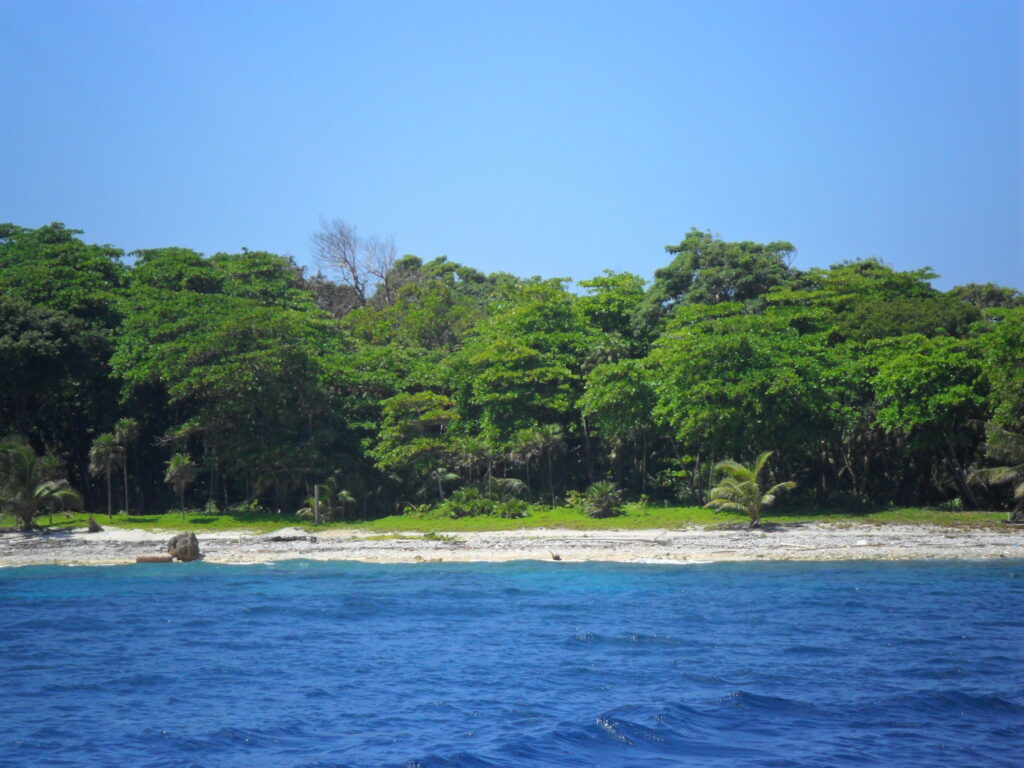
Heading back
The trip from coastal Honduras to Oaxaca was my single longest journey on this tour of Central America. It consisted of four legs. Firstly, the hour ferry back to the mainland. I’m unsure why, but this time the water was choppy, and I felt seasick for most of the hour I was on the water. The next stage was two bus journeys to the border with Guatemala, and onto Puerto Barrios. On the second of those, I had the scariest moment of the trip.
On the bus from the Guatemalan border, I sat on the front seat, next to the driver and fare collector. They always worked in twos. And they were usually young men. On this occasion, the driver was weaving in and out of traffic on a three-lane road. In one manoeuvre, our bus came quite close to a motorbike in front, who signalled to us. Our driver found this amusing and made a gesture in return.
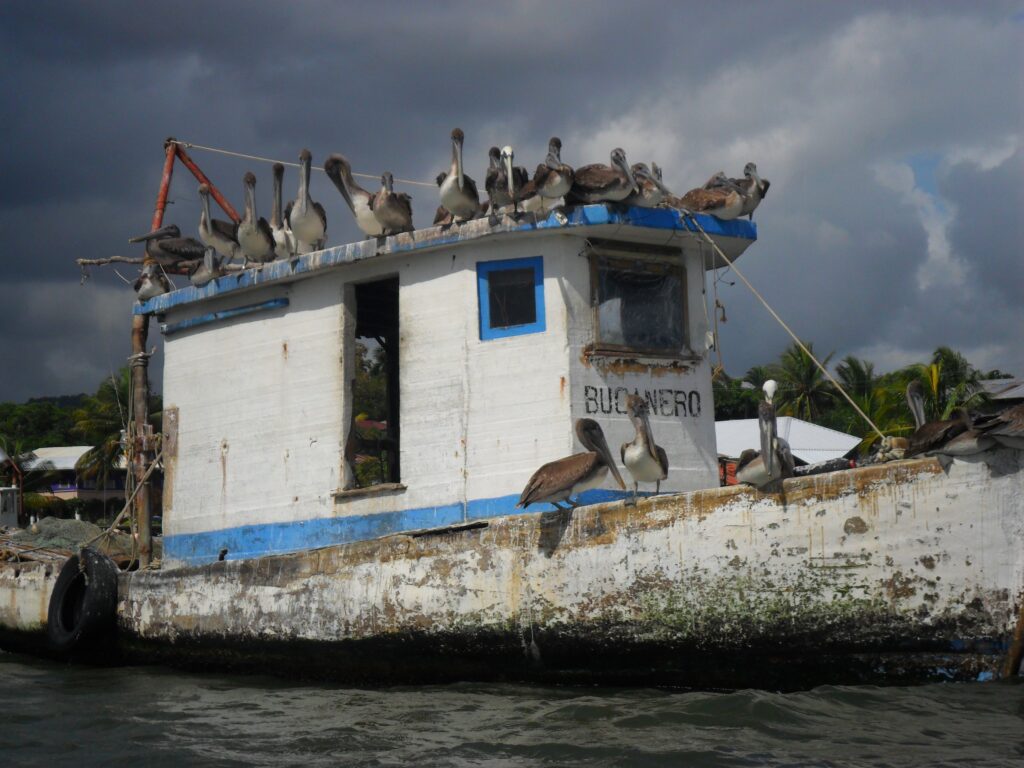
A man with a gun
This prompted the motorcyclist to reveal, for our benefit, a large handgun tucked into the back of his jeans. At this point I froze and quietly prayed that the bus driver would back down. The driver and his friend found the sight of the handgun hilarious, though. Fortunately, they didn’t provoke the man with the gun on the motorbike any further.
After a night in Puerto Barrios, the most rewarding leg of this long journey came next – taking a ferry to Livingston, a Spanish-speaking Caribbean town, across the sea, before a ride on a small boat up a river, in the middle of a narrow canyon, through a forested nature reserve. I savoured the moment, for after that, I had long bus ride to Guatemala City, followed by an overnight bus trip to San Cristóbal de las Casas. After a few hours there, I took another overnight bus to Oaxaca. I’ll be honest; I’m not sure how I managed it. I was extremely relieved to have a few days without travelling in Oaxaca.
